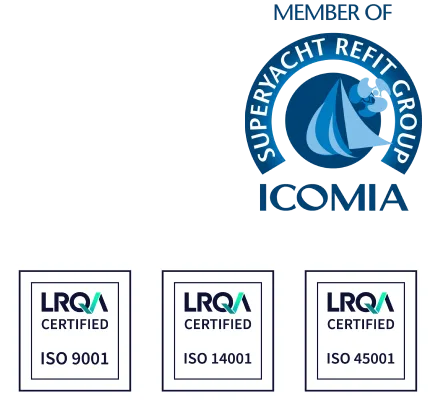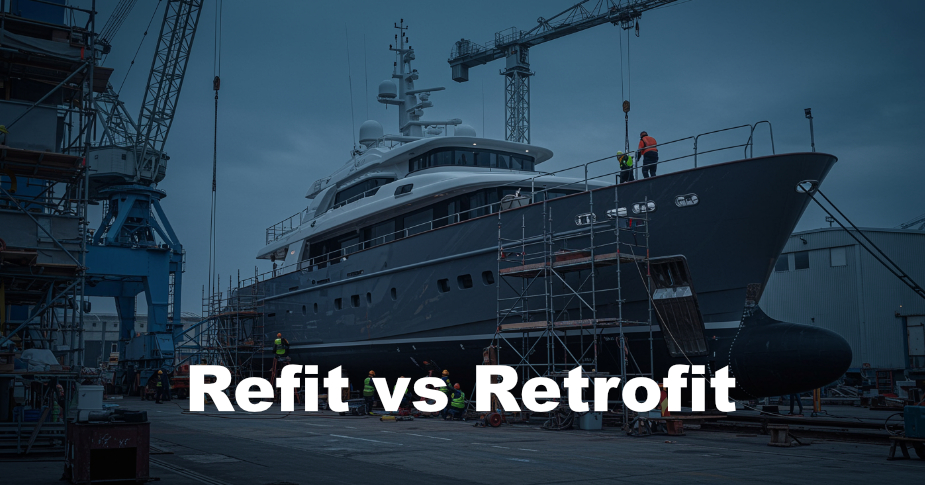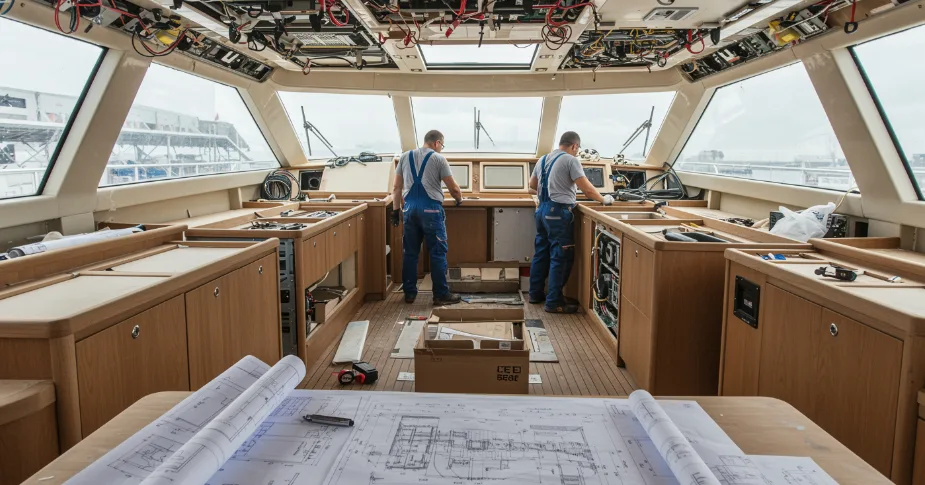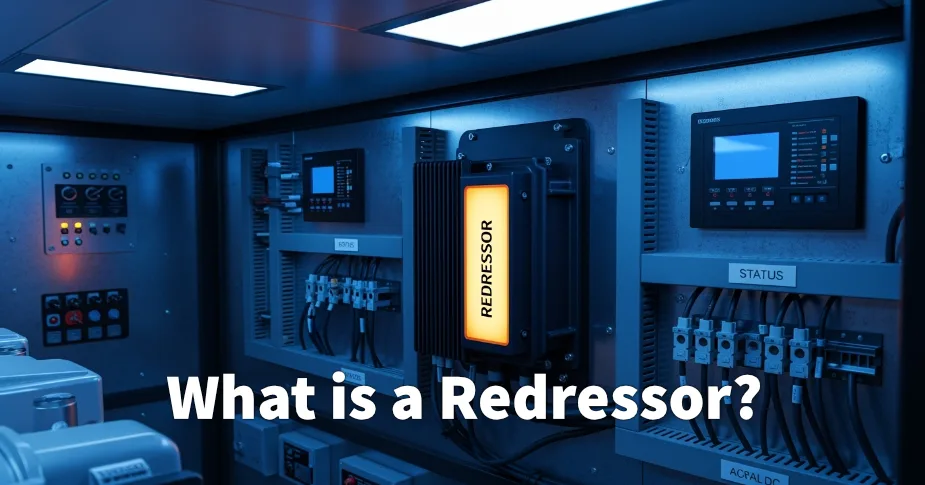In the yachting industry, “refit” and “retrofit” are often used interchangeably but they don’t mean the same thing. Whether you’re a yacht owner planning upgrades, a captain overseeing yard periods, or a shipyard evaluating project scope, understanding the difference is key to managing cost, compliance, and expectations.
What is a Refit?
A refit refers to a broad, often multi-disciplinary overhaul of a yacht. It can involve:
-
Structural modifications
-
Machinery upgrades
-
Classification renewals
-
Painting and cosmetic renewal
-
Survey-related steelwork
-
System replacements or additions
Typical Triggers for a Refit:
-
Ownership change
-
End-of-life systems
-
Major class survey due
-
Cosmetic refresh
-
Functional transformation (e.g., from private to charter)
Scope Example:
A 12-month project involving hull repainting, generator replacement, teak deck renewal, and interior redesign.
What is a Retrofit?
A retrofit is much more focused: it’s about installing new systems or components, usually for performance, compliance, or technology upgrade into an existing structure.
Typical Retrofit Examples:
-
Installing a ballast water treatment system to meet IMO regulations
-
Upgrading from halogen to LED lighting
-
Replacing fixed pitch propellers with CPP
-
Adding solar panels or battery systems
-
Integrating a new navigation suite without layout change
Retrofit = “Technical insertion”
No significant hull or structural change required. Focus is function, efficiency, or compliance.
Refit vs Retrofit – At a Glance
| Feature | Refit | Retrofit |
|---|---|---|
| Scope | Broad, multi-disciplinary | Narrow, system-specific |
| Affects | Structure, interiors, systems | Mainly systems or equipment |
| Duration | Months to 1+ year | Days to weeks |
| Cost Range | High (€1M–€20M+) | Low–Medium (€10K–€2M) |
| Goal | Transformation & renewal | Efficiency, compliance, or functionality |
| Class Impact | Often requires re-inspection | Usually minor paperwork |
| Example | Full interior + propulsion upgrade | Adding air purification system |
Why the Difference Matters
Confusing the two can lead to:
-
Budget misunderstandings
-
Timeline disputes
-
Unrealistic client expectations
-
Wrong project planning
For instance, a client may request a “retrofit” of stabilizers only to discover the hull must be reinforced to accept them. That’s not a retrofit. It’s a partial refit.
Which One Do You Need?
Here’s a quick decision guide:
| Scenario | You Need… |
|---|---|
| Your yacht needs modern engines, new layout, and interior overhaul | Refit |
| You’re upgrading the navigation suite | Retrofit |
| You’re converting from private to charter | Refit |
| You want to meet new IMO regulations | Retrofit |
| You want to extend the vessel’s lifespan and resale value | Refit |
| You want a greener propulsion option | Could be either depending on complexity |
A refit is like remodeling a house, walls may move, plumbing may change, and everything can be upgraded. A retrofit is like installing solar panels on the same house smart, efficient, and targeted. We specialize in both. Whether you need a complex, class-compliant refit or a swift, regulation-driven retrofit, our engineering and project teams will scope your needs precisely, without surprises.
FAQs
What is the main difference between a refit and a retrofit?
A refit is a comprehensive overhaul of multiple systems or areas on a yacht, often including structural, interior, and mechanical upgrades. A retrofit is more focused and involves installing or updating a specific system typically for compliance, performance, or technological improvement within the existing structure.
Is a retrofit cheaper than a refit?
Yes. Retrofits are usually less expensive because they target one or a few systems, whereas refits are broader in scope and may involve structural changes, extended project timelines, and class society approvals.
Can a retrofit become a refit during a project?
It can. Many retrofits uncover hidden issues such as corrosion, legacy system incompatibility, or structural limitations that expand the project scope into a full or partial refit. Proper surveying and planning can reduce this risk.
When should I choose a refit instead of a retrofit?
Choose a refit when your yacht requires a major update: changing layout, replacing key machinery, modernizing systems across multiple departments, or converting usage (e.g., from private to charter). If you only need to update electronics, install a ballast water system, or meet a new regulation, a retrofit may suffice.
Do both refit and retrofit projects require class society approval?
Not always. Retrofits may only require technical documentation and notification, especially if the vessel is under 24 meters. However, if a retrofit affects core safety systems, stability, or structural elements or if the vessel is commercially flagged class approval may still be mandatory, just like with a full refit.











